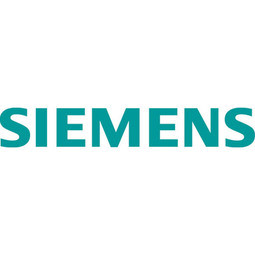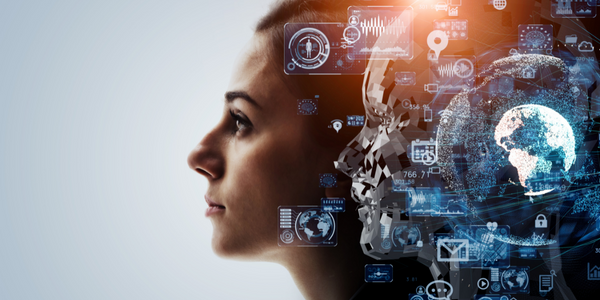Siemens
Case Studies
Siemens | Using Machine Learning to Get Machines to Mimic Intuition
Overview
Operational Impact
| [Efficiency Improvement - Production] Researchers at Corporate Technology (CT) are studying how machine learning techniques could be used to enable wind turbines to automatically adjust to changing wind and weather conditions, thus boosting their electricity output. The basis for self-optimizing wind turbines is the ability to derive wind characteristics from the turbines’ own operating data. Up until now, this type of data has been used exclusively for remote monitoring and diagnosis; however, this same data can also be used to help improve the electricity output of wind turbines.” | |




